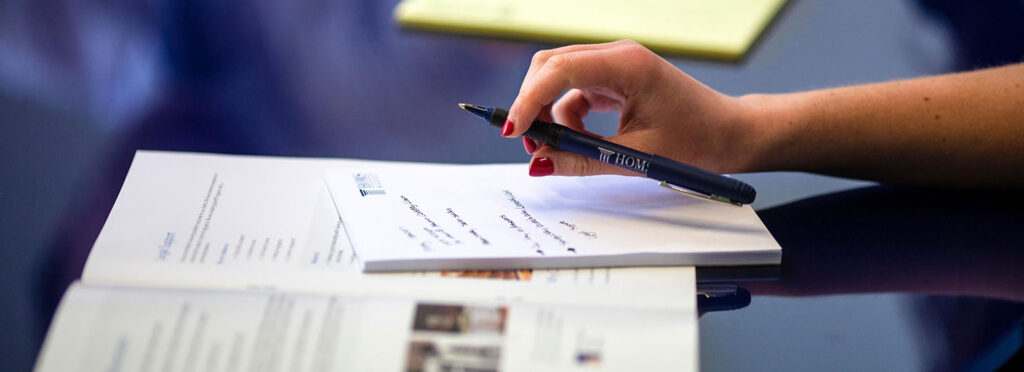When you or a loved one is navigating a personal injury claim, legal jargon and complex processes can feel overwhelming. One of these processes is discovery, a vital part of your lawsuit but one that is often misunderstood. At its heart, discovery ensures that all relevant information is laid bare so both sides can build their case effectively. But how does it work, and what does it mean for your case? Here’s what you need to know.
What Is Discovery?
Discovery is the legal process where parties in a lawsuit exchange key information and evidence. It allows all relevant documents and facts to be shared to ensure fair proceedings. If you’re pursuing a personal injury case, discovery may involve accessing medical records, safety reports, witness statements, or even electronically stored information (ESI), such as emails or digital logs.
By ensuring transparency, discovery helps uncover the facts needed to assess the validity and strength of each party’s claims. For injury victims, this process can bring clarity and support to their case.
Why Discovery Matters in Personal Injury Cases
Imagine being in court without knowing the full scope of evidence. Discovery ensures this doesn’t happen. It allows both sides to probe beyond surface-level issues and understand the finer details surrounding an injury event. For claimants, this means:
- Access to essential evidence like CCTV footage or incident reports.
- Understanding the defence case, shedding light on how the opposing side plans to argue against your claim.
- Accurate claim preparation, allowing you to bolster your case with factual evidence.
Yet while discovery is essential, it isn’t without its challenges. Here’s how these challenges might affect personal injury victims.
Challenges with the Discovery Process
The discovery process isn’t always straightforward—it can drain time, energy, and resources if poorly managed. Some challenges include:
- Complexity of Legal Criteria
Discovery can’t be a fishing expedition. Courts require specific, well-defined document requests. The documents sought must be “relevant and necessary”, as dictated by legal tests like the landmark Peruvian Guano case. For injury victims, this might mean proving why particular medical records or safety procedures are crucial to your case.
- Cost and Delay
Scanning through mountains of evidence, especially with modern electronic data, can lead to significant delays. Injury victims often want their cases heard quickly to resolve pressing financial or health concerns, but discovery can slow this process.
- Disputes Around Scope
Opposing parties can disagree on what constitutes relevant documentation. For example, in personal injury cases, insurers may argue that pre-accident or post-accident medical records are necessary. Such disputes can escalate into legal wrangling, further delaying your case.
The Evolution of Discovery and Practical Solutions
Discovery isn’t trapped in its traditional mould. Reforms and best practices are improving its efficiency, with recent proposals inspired by reports like The Kelly Report in Ireland making significant recommendations for change.
Key reforms centre on cost and efficiency:
- Mandatory disclosure of essential documents early on ensures that all parties put their cards on the table without causing delays.
- Use of Technology-Assisted Review (TAR) for sifting through electronic records can save hours of manual effort.
- Strict limits on document categories help reduce requests for irrelevant or excessive materials.
These updates are especially relevant in today’s digital age, where evidence ranges from paper trails to electronic communications. For injured parties, these changes may result in quicker, more streamlined cases.
What It Means for Personal Injury Victims
For personal injury victims, discovery can be both an asset and a hurdle. On the one hand, it gives you access to important evidence that may strengthen your claim. On the other, the process can be time-consuming and daunting without expert guidance. That’s where the support of experienced injury lawyers comes in.
Lawyers not only handle the complexities of discovery but ensure the evidence gathered aligns with your case strategy. For instance, they’ll:
- Navigate opposing parties’ objections to providing documents.
- Avoid unnecessary delays by crafting precise, targeted discovery requests.
- Push back on disproportionate demands for irrelevant evidence, protecting your personal information.
The Role of the Court in Discovery
Irish courts aim to uphold fairness in discovery while preventing it from being used as a weapon. For example:
- Judges can reject overly broad discovery requests.
- Proportionality is considered, where the burden of discovery isn’t allowed to outweigh its benefit to the case.
- Forward-thinking tools like interrogatories—legal questions delivered to the opposing party—can supplement or even replace discovery, ensuring efficiency and focus.
These safeguards underline the importance of having a skilled legal team that understands how to leverage discovery while keeping your rights intact.
Taking the Next Step in Your Personal Injury Case
Discovery might sound intimidating, but it doesn’t have to be. With the right guidance, this process will empower your case, exposing the facts needed to hold negligent parties accountable and secure fair compensation.
If you’re pursuing a personal injury claim and want expert advice on every step of the process, from discovery to courtroom success, our team is here to help. With decades of experience advocating for injury victims, we’ll handle the legal complexity so you can focus on what really matters—your recovery.
Get in touch with our trusted injury lawyers today to discuss your case. Together, we’ll ensure no stone is left unturned in your fight for justice.









